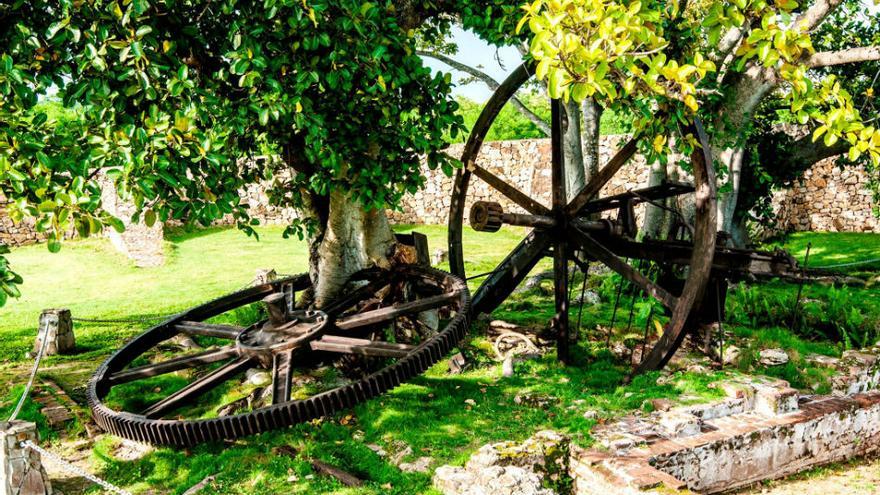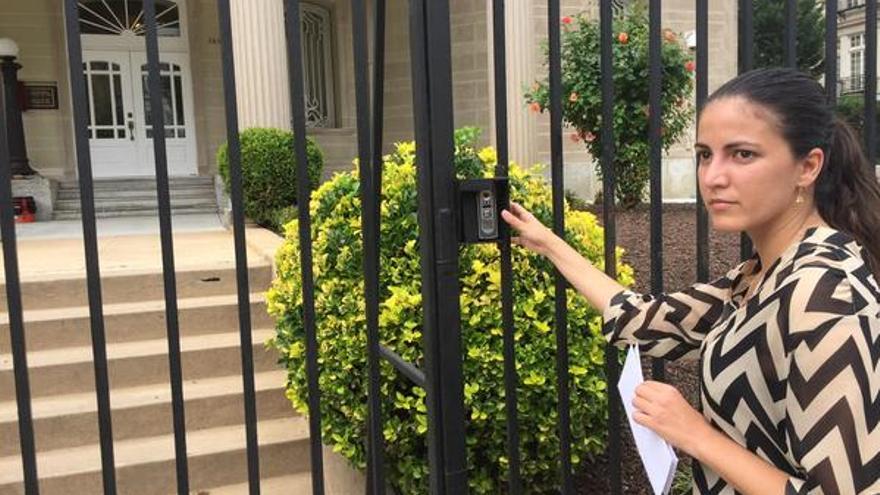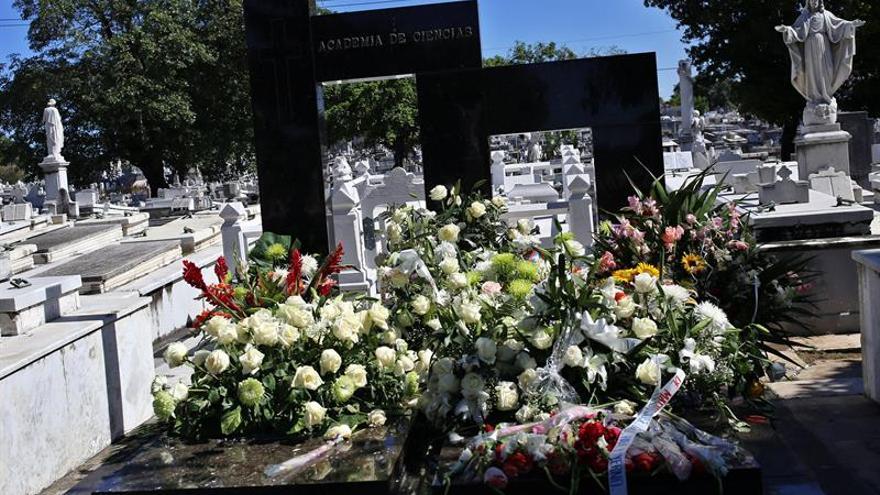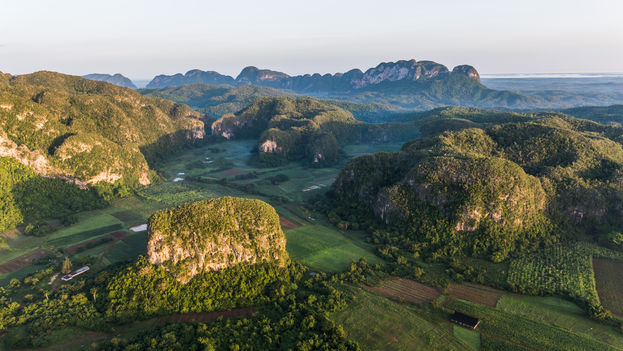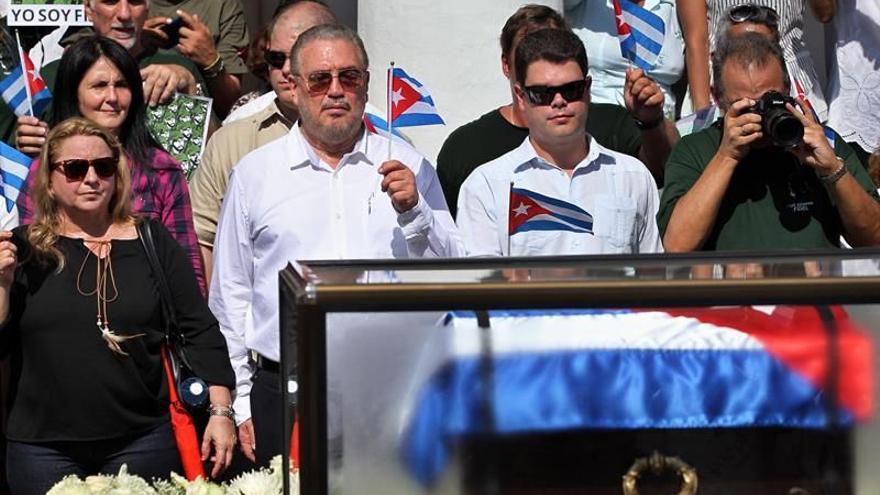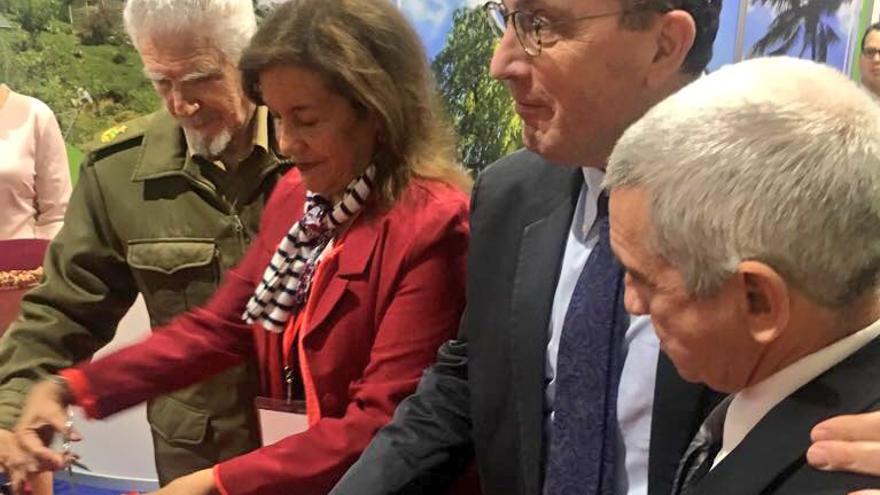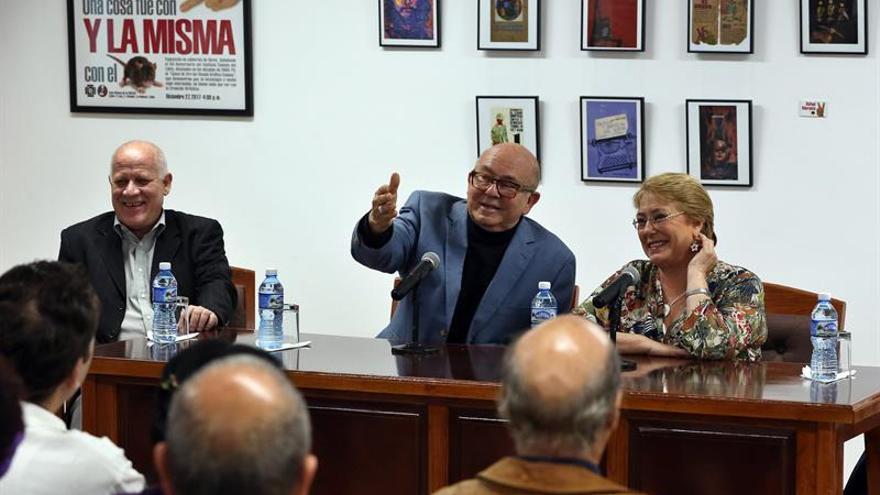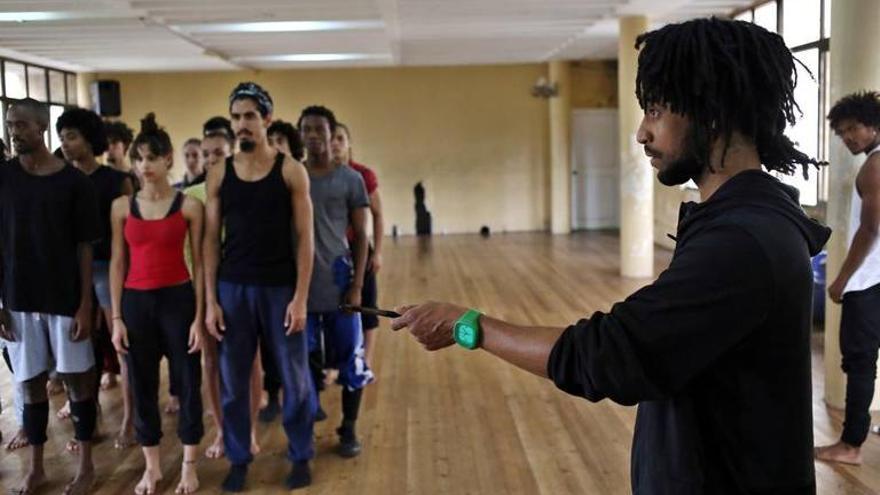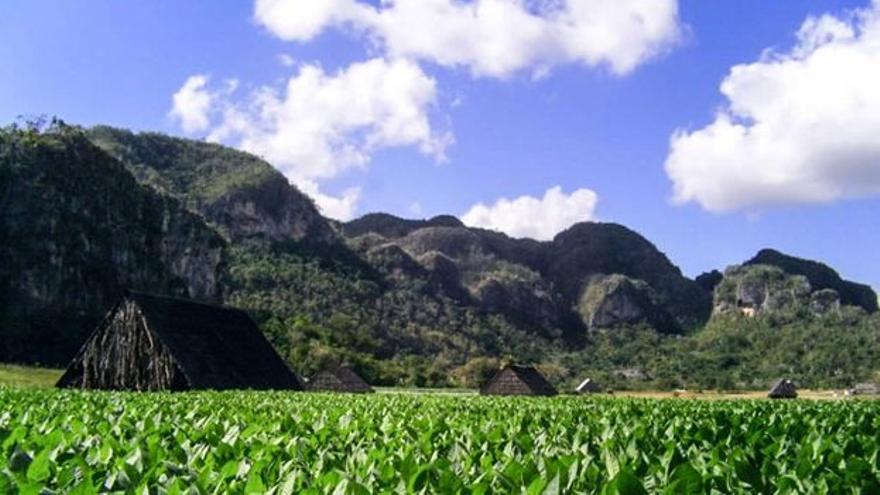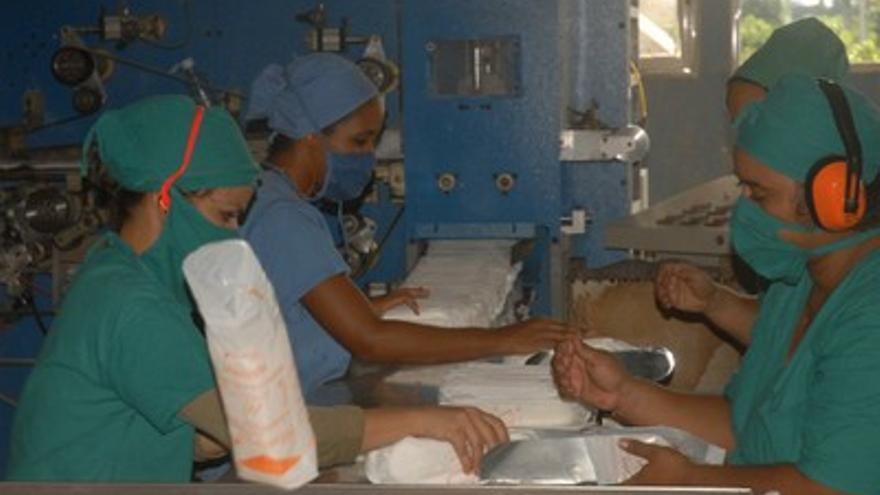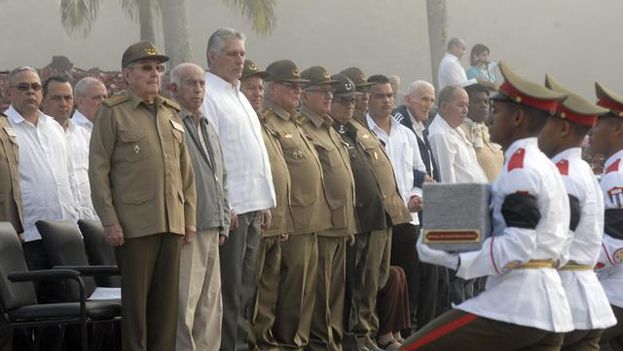
![]() EFE, via 14ymedio, Miami, 27 January 2018 — Pizarra, a new Twitter-like social network created so that Cubans inside and outside the island can communicate, is already working and will allow users themselves to moderate content.
EFE, via 14ymedio, Miami, 27 January 2018 — Pizarra, a new Twitter-like social network created so that Cubans inside and outside the island can communicate, is already working and will allow users themselves to moderate content.
This was explained to EFE by one of the social medium’s creators, the young computer scientist Salvi Pascual who has been working for half a year on programming the software from Miami.
“We are trying to create a communication window based on Twitter but with the difference that Pizarra allows us to sort information by topics,” explains Pascual, a 32-year-old Cuban who is the executive director of the social networking site “Apretaste!” continue reading
Apretaste! has 40,000 registered users in Cuba and works through email. Cuba is among the countries with the lowest internet connection rate in the world (only 5% of Cubans have actual connections to the World Wide Web according to research from the NGO Freedom House). Given this reality, Pascual, who has a master’s degree in computer science and divides his time between the United States and Spain, has always challenged himself to find ways to connect his compatriots.
“It is very difficult for ordinary people to understand that we work based on emails, but that’s the way it is, and our input and output (from Cuba) is encrypted,” he says.
Around 300 users already use Pizarra to communicate with friends and relatives on the island. The vast majority of them, explains Pascual, live in the United States, the place “with the greatest number of Cubans outside Cuba.”
Right now, he and his team — which includes a “good hacker” who lives in Cuba and works under the pseudonym Kuma Hacker — are finishing an application of Pizarra for mobile phones that will be available at the end of March.
The name of the social network, “Blackboard” in English, was chosen because “it is a kind of synonym for learning and knowledge, a place where everyone can write and read openly,” explained the programmer.
Pascual says that his new software, which works “free of any political color,” has a function that can block or call out people who misuse it.
“We did not block any content, not even the Granma newspaper, so we have made some people unhappy,” he lamented.
Although the mobile phone version of application may or may not be accessible to users from within the island, the new social network can be used there through the platform Apretaste!
The Cuban government says that 35% of the population is connected to the Internet, but Freedom House research reports that the actual number is only 5%, some 560,000 people from a population of just over 11 million inhabitants.
Data from Apretaste! finds that 25% of the population (about 2.8 million users) receive emails even if they do not have Internet.
Pascual relies on state accounts and state servers, such as those used by university students, diplomats, radio amateurs and doctors, who can access email through the government domain “cu.”
But the computer scientist based in Miami wants to go further. His Pizarra, he said, is also being created to function as a tourist guide.
______________________________
The 14ymedio team is committed to serious journalism that reflects the reality of deep Cuba. Thank you for joining us on this long road. We invite you to continue supporting us, but this time by becoming a member of 14ymedio. Together we can continue to transform journalism in Cuba.

